Selected Publications
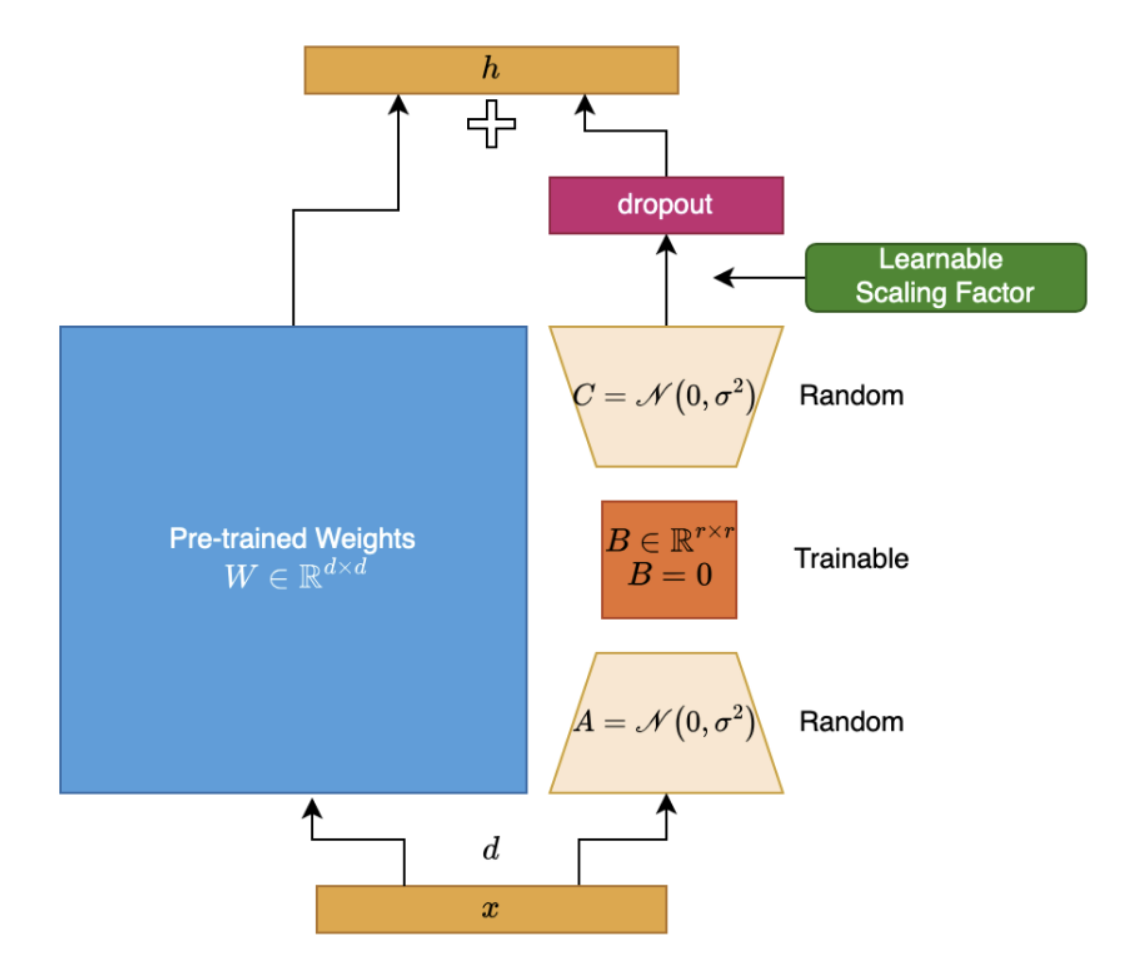
TLoRA: Tri-Matrix Low-Rank Adaptation of Large Language Models
We propose TLoRA, a novel tri-matrix low-rank adaptation method that decomposes weight updates into three matrices: two fixed random matrices and one trainable matrix, combined with a learnable, layer-wise scaling factor. This tri-matrix design enables TLoRA to achieve highly efficient parameter adaptation while introducing minimal additional computational overhead.
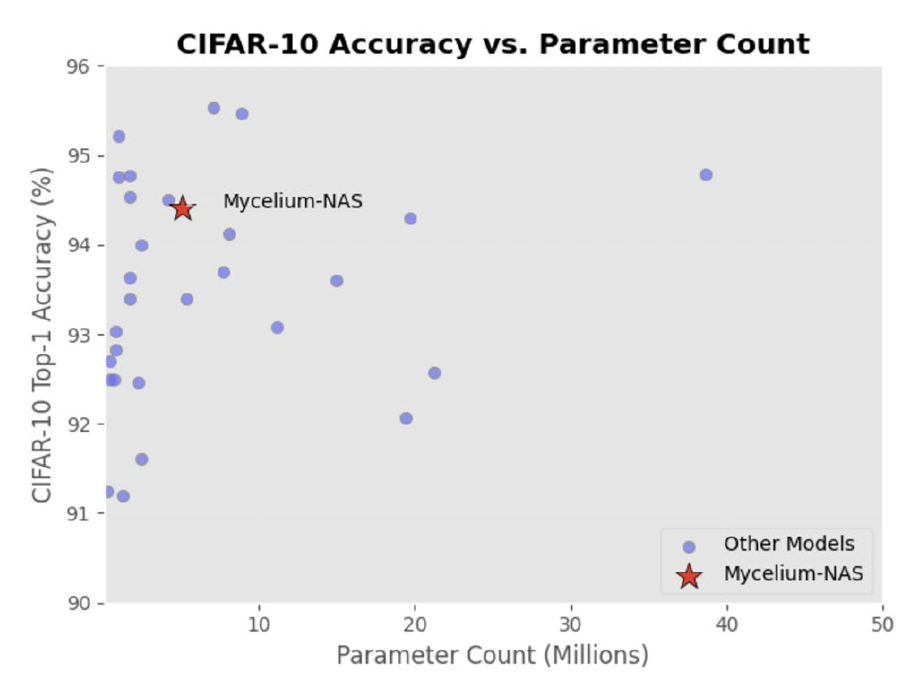
Mycelium neural architecture search
This paper proposes Mycelium-NAS, a novel, biologically inspired neural architecture search (NAS) approach based on mycelium network growth and adaptation. This novel approach formulates NAS as an emergent growth process, where architectures dynamically evolve through adaptive expansion, fusion, and reorientation of network components, mirroring the organic exploration of mycelium.
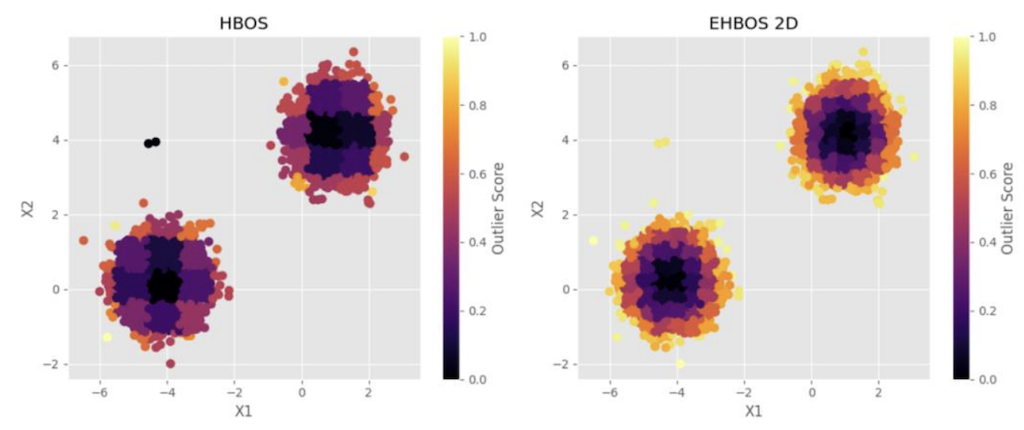
Extended Histogram-based Outlier Score (EHBOS)
In this paper, we propose the Extended Histogram-Based Outlier Score (EHBOS), which enhances HBOS by incorporating two-dimensional histograms to capture dependencies between feature pairs. This extension allows EHBOS to identify contextual and dependency-driven anomalies that HBOS fails to detect.
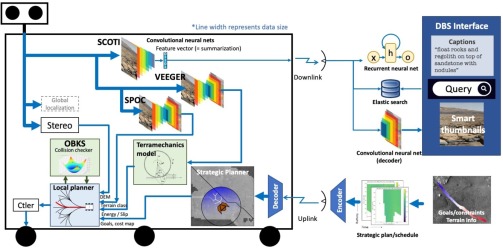
Machine Learning for Planetary Rovers
Advanced autonomy must be incorporated into future rovers to transition performance-limiting human-driven operations into safe and reliable autonomous capabilities running on-board the rover. This paper describes several algorithms developed at the NASA's Jet Propulsion Laboratory to investigate such autonomy from the perspective of vision-based traversability assessment for safe navigation and scientific scene interpretation.
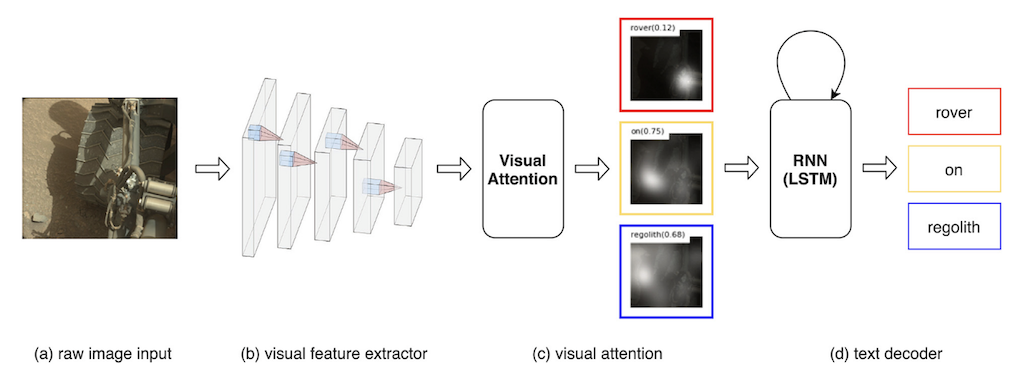
SCOTI: Science Captioning of Terrain Images for data prioritization and local image search
Data bandwidth is very limited between planetary rovers and ground-based data system. We propose a system leveraging machine learning for planetary rovers to actively look for scientifically interesting and valuable features according to text instructions from scientists and prioritize the images captured onboard with those features for downlink. Such an image prioritization mechanism can also be naturally applied to content-based image search through text description in any local planetary image data server, allowing scientists to search for images with desired features without going through them one by one.

MAARS: Machine learning-based Analytics for Automated Rover Systems
MAARS (Machine leaning-based Analytics for Automated Rover Systems) is a JPL effort to bring the latest self-driving technologies to Mars, Moon, and beyond. This paper is to provide the latest snapshot of the project with broad and high-level description of every capability that we are developing, including scientific scene interpretation, vision-based traversability assessment, resource-aware path planning, information-theoretic path planning, on-board strategic path planning, and on-board optimal kinematic settling for accurate collision checking.
